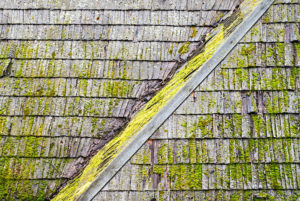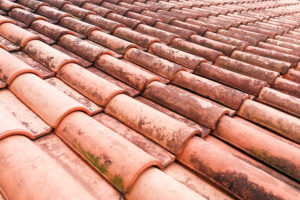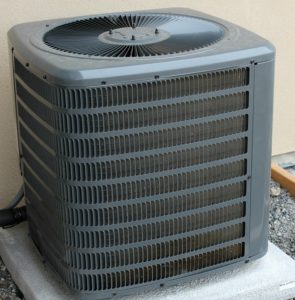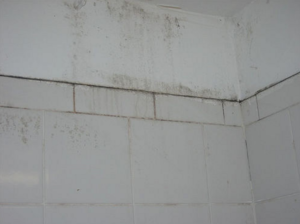It’s no secret that, without the proper care, your roof can be left susceptible to a number of harmful substances. And while, regardless of the contaminant, it’s imperative to have it removed for a healthy roof, knowing exactly what you’re dealing with can help you more quickly diagnose the issue and treat it effectively!
Keeping that in mind, algae and mold are two entirely different forms of roof contamination that require specialized treatment to remove. Not only will knowing how they differ help your power washing team more aptly provide a solution, it will also help prevent sickness and contamination of those living within your walls. If you find yourself interested in differentiating these different roof scourges, read on for a few key differences you can keep in mind when determining which alien substance has affected your home’s exterior.
 Algae
Algae
Algae a commonly occurring moss-like substance that is especially prevalent in more humid climates. The green scourge is notorious for its ability to spread by way of air-borne spores and is noticeably more prevalent on shingles made of asphalt roofing materials. Fortunately for those who are worried their home has been sullied by this pesky plant, the good news is that algae doesn’t necessarily eat its way into your roof much like other contaminants would. This doesn’t change the fact, however, that the notorious black streaks and marks left by algae are an eyesore to any self-respecting homeowner.
Mold
Mold, on the other hand, is an entirely different beast altogether. While it’s not nearly as common as algae, if left untreated long enough, exposure to mold can quickly cause more than aesthetic harm in the form of health problems like asthma, lung infections, and even irritation of the eyes and nose.
One key factor that differentiates mold from algae is its tendency to break into the home and affect your interior. Mold is known for its ability to form in damp and poorly ventilated areas such as attics and basements before spreading to your roof, deck, and siding. If you notice black streaks inside of your home as opposed to strictly outside of it, odds are you’re dealing with mold and need a professional team to take a look fast!
 Treatment
Treatment
As far as prevention is concerned, there’ isn’t much you can do aside from regularly cleaning your roof or maybe investing in zinc strips to inhibit the spread of contaminants. Unfortunately, if you live in an especially humid area, even zinc strips won’t do much to slow the spread of mold or algae. All hope is not lost however! By reaching out to an experienced and professional team of pressure washers, even the deepest ingrained contaminants can be targeted and eradicated! Always be sure to do your homework and research who you’re working with however. The wrong team could actually end up spreading the contaminants and making the problem worse!
Conclusion
When it comes to the health of your roof or your home in general, preventative care simply can’t be beat. Always keep an eye out for red flag signs of both algae and mold such as black stripes across your roof and know what to expect when reaching out for proper care. Not only will you be securing your health and the health of those living in your home, you’ll also be making a significant investment in your home’s curb appeal and property value!



